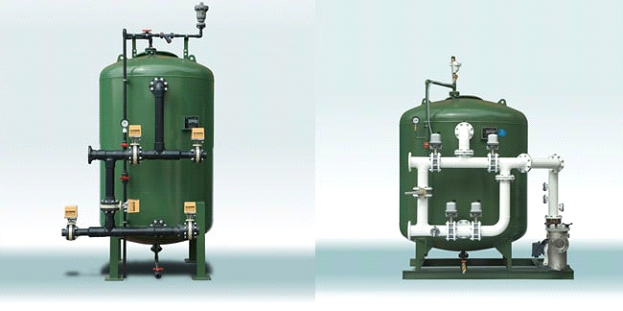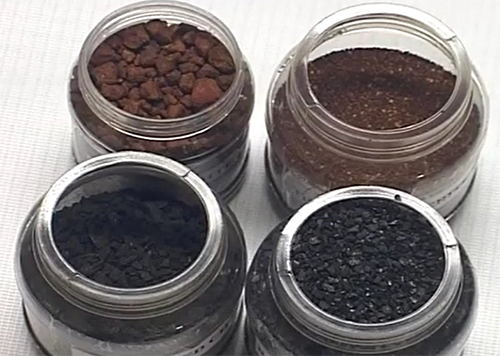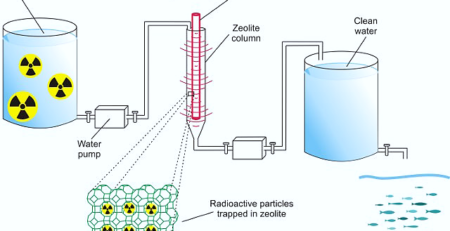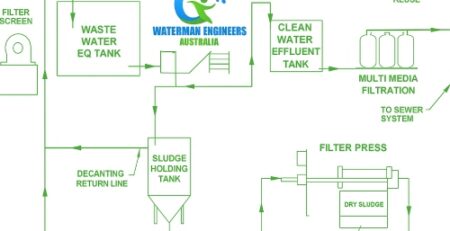Arsenic Removal Systems Market in Vietnam
The arsenic removal systems market in Vietnam is poised to grow at a healthy rate in the coming years. This is due to the country’s abundant reserves of raw materials, growing industrialization, and government incentives. In addition, the rising demand for a wide range of products, especially among food companies, will create new opportunities for investors.
How is Analysis by Region Done for Arsenic Removal Systems?
Arsenic is a major human health risk in Southeast Asia, especially in the Mekong Delta, which is the subject of a new study. In addition to the well-documented risks associated with drinking water contaminated with As, there are other potential hazards associated with groundwater exploitation in the area. This includes land subsidence.
In particular, a significant amount of groundwater is extracted from deep aquifers, and these are contaminated by a variety of factors. These include compaction of the underlying clays, the presence of competing ions, and pumping, which promotes the release of As.
One of the simplest yet most important steps in addressing this threat is to implement a suite of measures to minimize arsenic contamination. These measures include: minimizing human exposure, managing the quality of surface water, and improving the aquifer’s resilience.
The most obvious example is a point-of-entry reverse osmosis system. This type of treatment is effective at reducing dissolved arsenic to well below the safe limit. However, in comparison to other types of treatment systems, such as whole house POE and RO systems, point-of-entry systems have a lower performance rate. Hence, a more efficient and effective approach would be to consider a holistic approach that incorporates all relevant elements into one system.
As the name implies, the aforementioned is a fancy little device that consists of a series of filtration systems, including an aeration tank to remove precipitates, a filtration column with an ultrafilter, and a NLTT to adsorb As. A household filter treatment system with a NLTT was tested to assess the efficiency of As removal.
The best way to sum it all up is to say that while there are a number of important health and environmental benefits to installing a household filter treatment system with a NLTT, the most impressive result was the reduction of well-water As concentration by more than seven times. This is a significant health improvement and should be a consideration when choosing an arsenic removal solution.
What are the Upstream Raw Materials for Arsenic Removal Systems in Vietnam?
Upstream raw materials for Arsenic Removal Systems Vietnam are not always a cakewalk. This is especially true in the Mekong Delta, one of the largest arsenic hotspots in the world. The region has seen a steady rise in the volume and value of imported plastic materials. This exacerbates problems with water quality, as well as extreme weather conditions. In addition, many localities have been forced to use inadequate groundwater sources.
Several potential solutions have been identified for this problem. In addition to natural materials, which can be utilized in the laboratory, there are commercially available adsorbents that have been shown to be effective. In particular, metal hydroxide is an inexpensive adsorbent, but it is also effective at removing multiple weak-acid oxyanions in drinking water.
There are a number of natural materials, such as iron oxide, which have been used in the past to remove arsenic from contaminated water. A continuous flow filter column is an interesting method for removing arsenic in groundwater, as it requires minimal capital and can be operated in a small community.
Iron oxide coated sand is an example of an effective adsorbent. It has been shown to remove As(III) from aqueous solution at a pH of 7.5-7.8. It could be applied for domestic water supply in remote areas of the Mekong Delta.
Another effective adsorbent is metal-based filters. These are able to remove viruses and heavy metals from the domestic drinking water supply. A recent study found that a bio-sand filter mixed with iron nails could remove more arsenic from groundwater than iron-free sand. This technique isn’t for everyone, though.
In general, iron and ferric oxide are known to be effective adsorbents for removing arsenic from water. However, the real question is how well they can be applied. Fortunately, this isn’t as difficult as it may sound. In fact, some experts suggest that mixing the two can improve the adsorption process. The key is to identify the right combination of iron particles and sand media, which will help the adsorbent get the job done.
Using the proper combination of upstream raw materials for Arsenic Removal System Vietnam can lead to a cleaner future for the people of the Mekong Delta. The process will also require collaboration between different disciplines along the raw materials value chain.
What is the Downstream Industry for Arsenic Removal Systems in Vietnam?
Arsenic Removal Systems Vietnam downstream industry is one of the important industries that are expected to have significant growth in the coming years. This market is largely driven by increasing industrial activities and growing demand for safe drinking water. Besides this, rising awareness about the dangers of arsenic contamination in the water is also driving the growth of this market.
The global arsenic removal market is projected to reach USD 2.06 Billion by 2030. This market is expected to be dominated by the Asia Pacific region. The market is forecast to grow at a CAGR of 7.5% from 2017 to 2030.
Currently, there are several methods available for removing arsenic from water. These include filtration, absorption, and precipitation. However, these systems are not efficient enough to remove arsenic. Thus, new filtration techniques are being developed to address the issue.
The most prominent application of arsenic removal systems is in the water treatment industry. The second-largest segment is in the wastewater treatment industry. Besides this, the drinking water treatment industry is the largest segment of this market.
In addition, the global arsenic removal market has been classified by application and region. These segments are further bifurcated into the U.S., Germany, and Italy.
The main drivers for the development of this market are growing demand for water treatment solutions, rising industrialization, and increasing awareness about health hazards caused by arsenic. Besides, increasing municipal infrastructure projects is expected to create lucrative opportunities for players in this market. In this way, we are able to determine the most competitive players and their leading products.
Key players of Arsenic Removal Systems
Arsenic Removal Systems are equipment that can be used to remove arsenic from water. These systems can be domestic or centralized. As arsenic is a known carcinogen, it is crucial to reduce the amount of arsenic in water. Moreover, it is also important to protect the freshwater resource. The market is expected to grow at a CAGR of 5.5% in the forecast period.
In rural Southeast Asia, people drink groundwater that contains high levels of arsenic. These people are exposed to pathogens and other health hazards. Using traditional water treatment systems cannot completely remove arsenic.
However, a new filtration system called nanofilteration has emerged. It uses nano filter media to remove arsenic. This system is low cost and easy to operate. The system can last up to many years. The system is designed and built with locally sourced materials by Waterman Engineers Australia.
In Conclusion
The market has grown rapidly over the last couple of years. It has been estimated that the global market will reach a value of USD 965.2 million by 2027. As of 2022, the global top five manufacturers hold over 45% of the total share.
The Arsenic Removal Systems market of Vietnam has been studied in depth. It is forecasted to reach a value of USD 700 million by 2023. The Vietnam market is divided into segments by region, type, and application.














